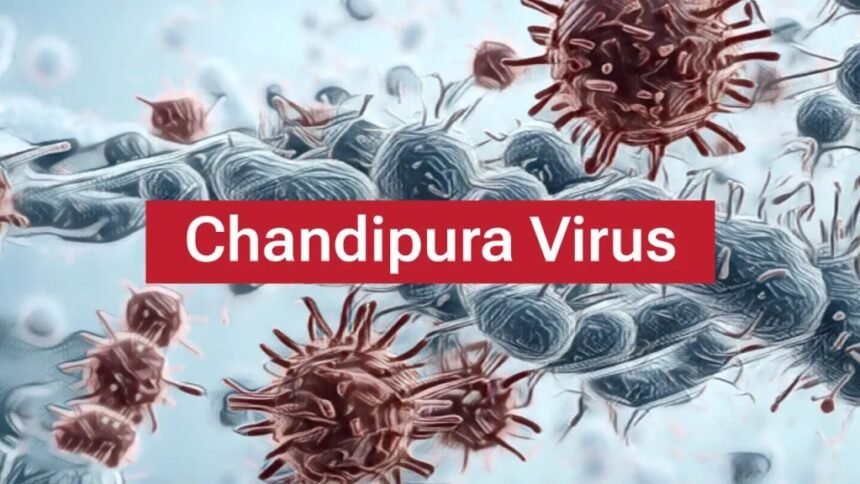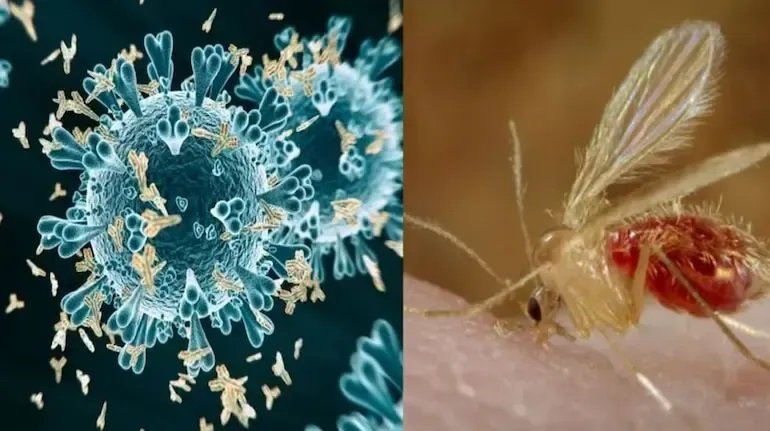Understanding Chandipura Virus: What You Need to Know
The Chandipura virus is an emerging health concern that has captured attention due to its severe impact on human health. This article aims to provide comprehensive information about the Chandipura virus, including its nature, transmission, prevention strategies, symptoms, and potential treatments. We will also address frequently asked questions to ensure a thorough understanding of this virus and its implications.
What is Chandipura Virus?
This virus is a member of the Vesiculoviridae family and the genus Vesiculovirus. It is an enveloped, single-stranded RNA virus that primarily affects humans. First identified in Chandipura village in India in 1965, the virus has since been recognized as a significant pathogen in several parts of South Asia.
How Does the Chandipura Virus Spread?
The primary mode of transmission of the virus is through mosquito bites. The virus is endemic in regions where the mosquito vector is prevalent, particularly in rural and semi-urban areas. Infected mosquitoes, typically of the species Phlebotomus, transmit the virus to humans during blood meals. Direct human-to-human transmission is rare and has not been well-documented.
Symptoms of Chandipura Virus Infection
The incubation period for Chandipura virus infection is generally between 3 to 10 days. Symptoms can vary from mild to severe and include:
- Fever: Often high and sudden.
- Headache: Persistent and severe.
- Muscle Pain: Pain in muscles and joints.
- Rash: Sometimes a rash may develop.
- Vomiting: Nausea and vomiting are common.
- Seizures: Particularly in severe cases, neurological symptoms such as seizures may occur.
- Encephalitis: In severe cases, the virus can lead to inflammation of the brain, resulting in neurological impairment.
Prevention and Protection Against Chandipura Virus
Preventing infection largely involves controlling mosquito exposure. Here are some effective measures:
- Use Mosquito Repellents: Apply insect repellents containing DEET on exposed skin.
- Wear Protective Clothing: Wear long-sleeved shirts and long pants to reduce skin exposure.
- Install Mosquito Nets: Use mosquito nets over beds, especially in areas with high mosquito activity.
- Eliminate Standing Water: Mosquitoes breed in stagnant water, so regularly empty containers that collect water around the home.
- Use Mosquito Screens: Ensure windows and doors are fitt with screens to prevent mosquitoes from entering indoors.
Protecting Children from Chandipura Virus
Children are particularly vulnerable to mosquito-borne diseases. Here’s how to protect them:
- Use Child-Safe Repellents: Choose repellents that are safe for children and follow usage guidelines.
- Dress Children Appropriately: Dress children in light-colored, long-sleeved clothing and pants.
- Ensure Safe Sleeping Environment: Use mosquito nets and screens around children’s sleeping areas.
- Maintain Cleanliness: Keep the environment around children free from potential mosquito breeding sites.
Diagnosis and Treatment
Diagnosis of this virus infection is typically based on clinical symptoms and confirmed through laboratory tests such as polymerase chain reaction (PCR) assays and serological tests. Unfortunately, there is no specific antiviral treatment for this. Management focuses on supportive care, including:
- Hydration: Ensuring adequate fluid intake to prevent dehydration.
- Antipyretics: To manage fever and discomfort.
- Anticonvulsants: In cases of seizures, anticonvulsant medications may administer.
Read More: Delhi Court Summons Dhruv Rathee in Defamation Case Filed by BJP Spokesperson
Conclusion
The virus, while relatively rare, poses significant health risks in endemic areas.
Understanding how it spreads, recognizing its symptoms,
and taking preventive measures can help mitigate its impact.
By implementing effective mosquito control strategies and maintaining vigilance,
individuals can significantly reduce the risk of infection.
Continued research and awareness are essential in managing and eventually overcoming the challenges posed by this virus.
FAQs
1. What is the origin of the Chandipura virus?
The Chandipura virus was first identified in Chandipura village in India in 1965.
2. How is the Chandipura virus transmitted?
The virus is primarily transmitted through mosquito bites.
3. What are the common symptoms of Chandipura virus infection?
Symptoms include fever, headache, muscle pain, rash, vomiting, and in severe cases, seizures and encephalitis.
4. How can I prevent infection from the Chandipura virus?
Prevent infection by using mosquito repellents, wearing protective clothing, and eliminating standing water.
5. Are there vaccines available for Chandipura?
Currently, there is no vaccine available for the Chandipura virus.
6. How is Chandipura virus diagnosed?
Diagnosis is made through clinical evaluation and confirm by laboratory tests such as PCR and serology.
7. What treatment options are available for Chandipura?
Treatment is supportive, focusing on hydration, fever management, and anticonvulsants for seizures.
8. Can Chandipura be spread from person to person?
No, person-to-person transmission is not document; it is spread primarily through mosquito bites.
9. Is Chandipura infection fatal?
In severe cases, the infection can be fatal, particularly if it leads to encephalitis.
10. How can I protect my child from the virus?
Protect children by using child-safe repellents, dressing them in protective clothing, and ensuring a mosquito-free sleeping environment.










